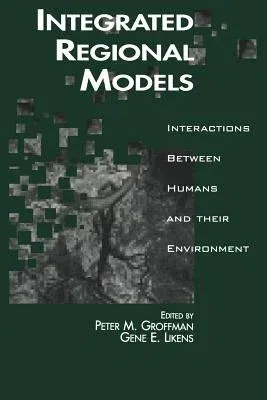Peter Groffman
(Author)Integrated Regional Models: Interactions Between Humans and Their Environment (Softcover Reprint of the Original 1st 1994)Paperback - Softcover Reprint of the Original 1st 1994, 29 March 2012

Qty
1
Turbo
Ships in 2 - 3 days
In Stock
Free Delivery
Cash on Delivery
15 Days
Free Returns
Secure Checkout
Print Length
157 pages
Language
English
Publisher
Springer
Date Published
29 Mar 2012
ISBN-10
1468464493
ISBN-13
9781468464498
Description
Product Details
Authors:
Book Edition:
Softcover Reprint of the Original 1st 1994
Book Format:
Paperback
Country of Origin:
NL
Date Published:
29 March 2012
Dimensions:
22.86 x
15.24 x
0.97 cm
Genre:
Ecology
ISBN-10:
1468464493
ISBN-13:
9781468464498
Language:
English
Location:
New York, NY
Pages:
157
Publisher:
Weight:
244.94 gm

